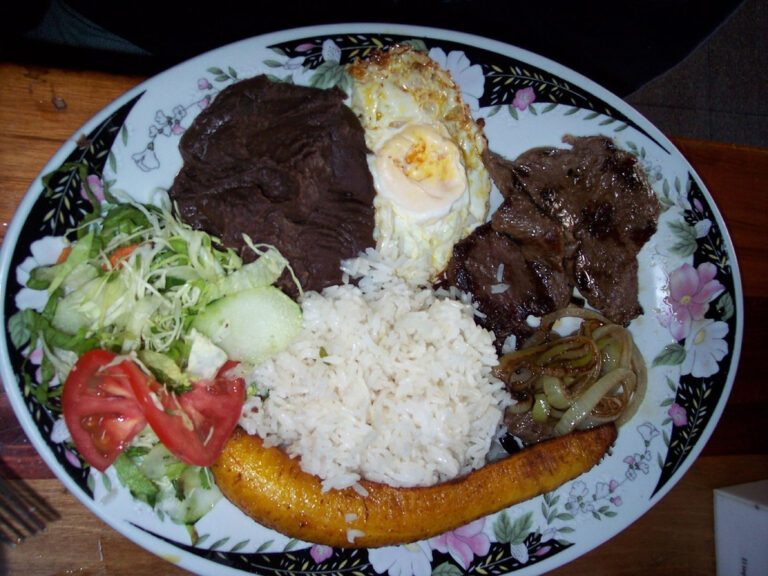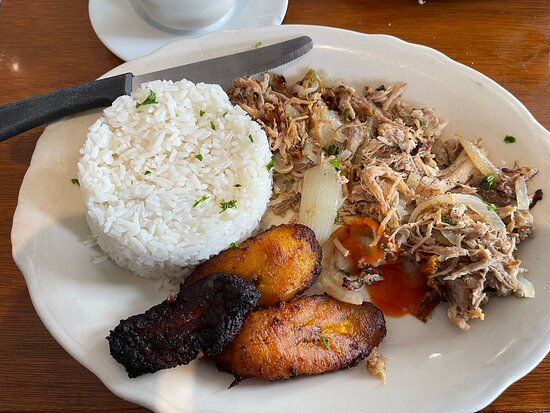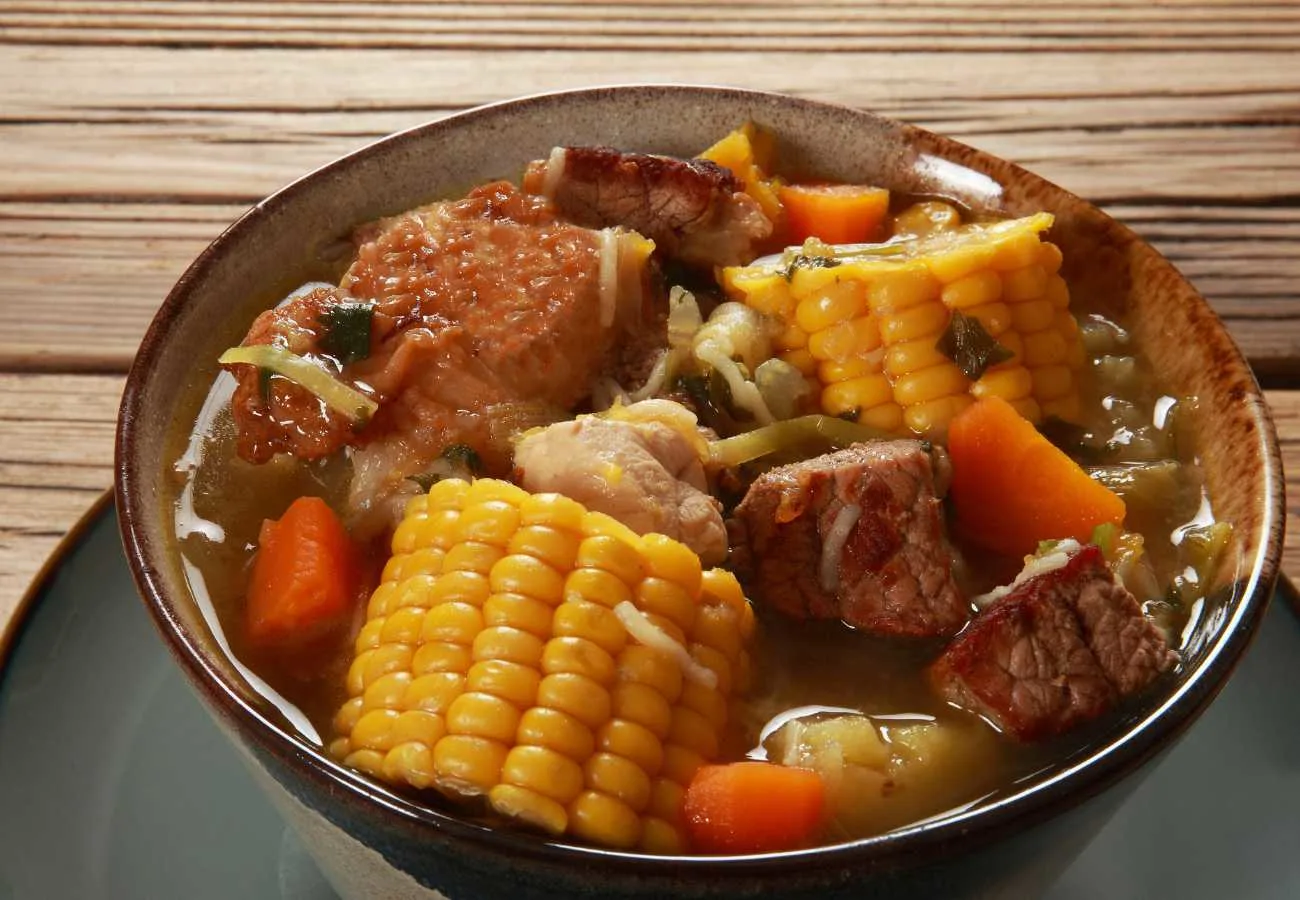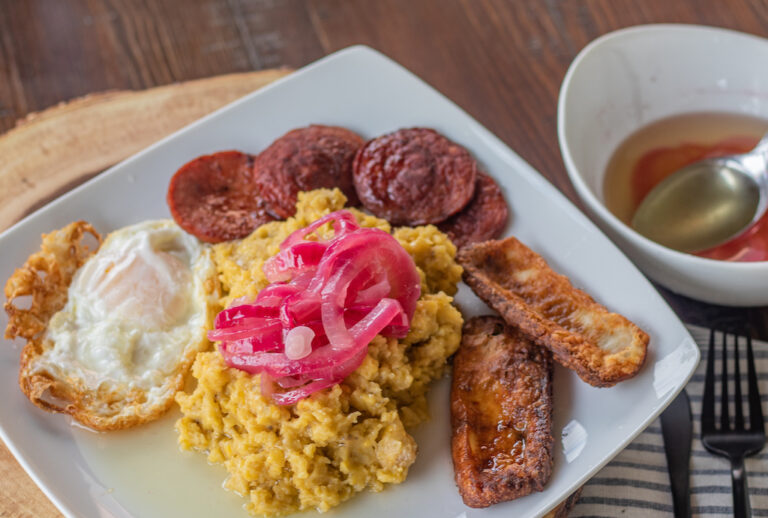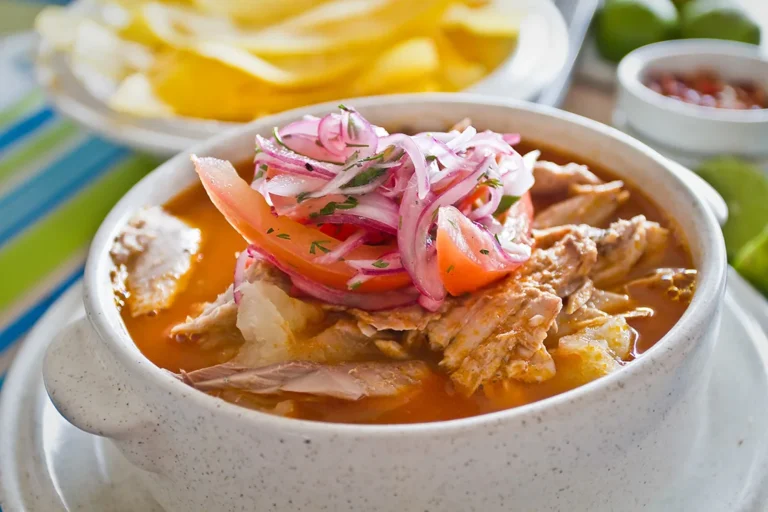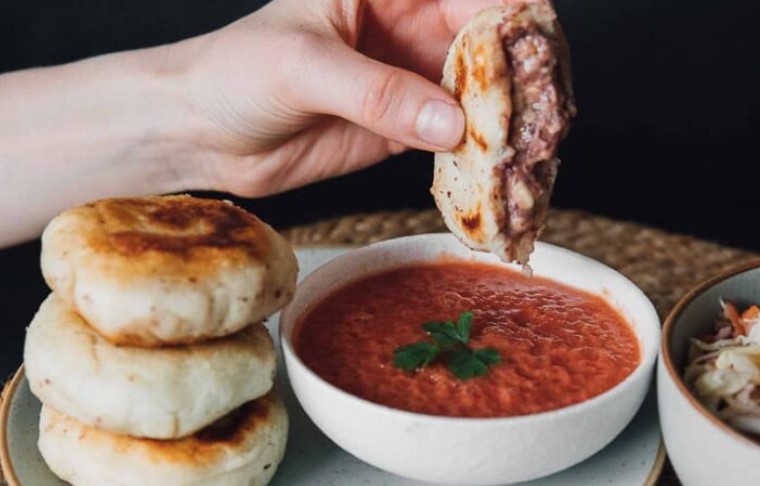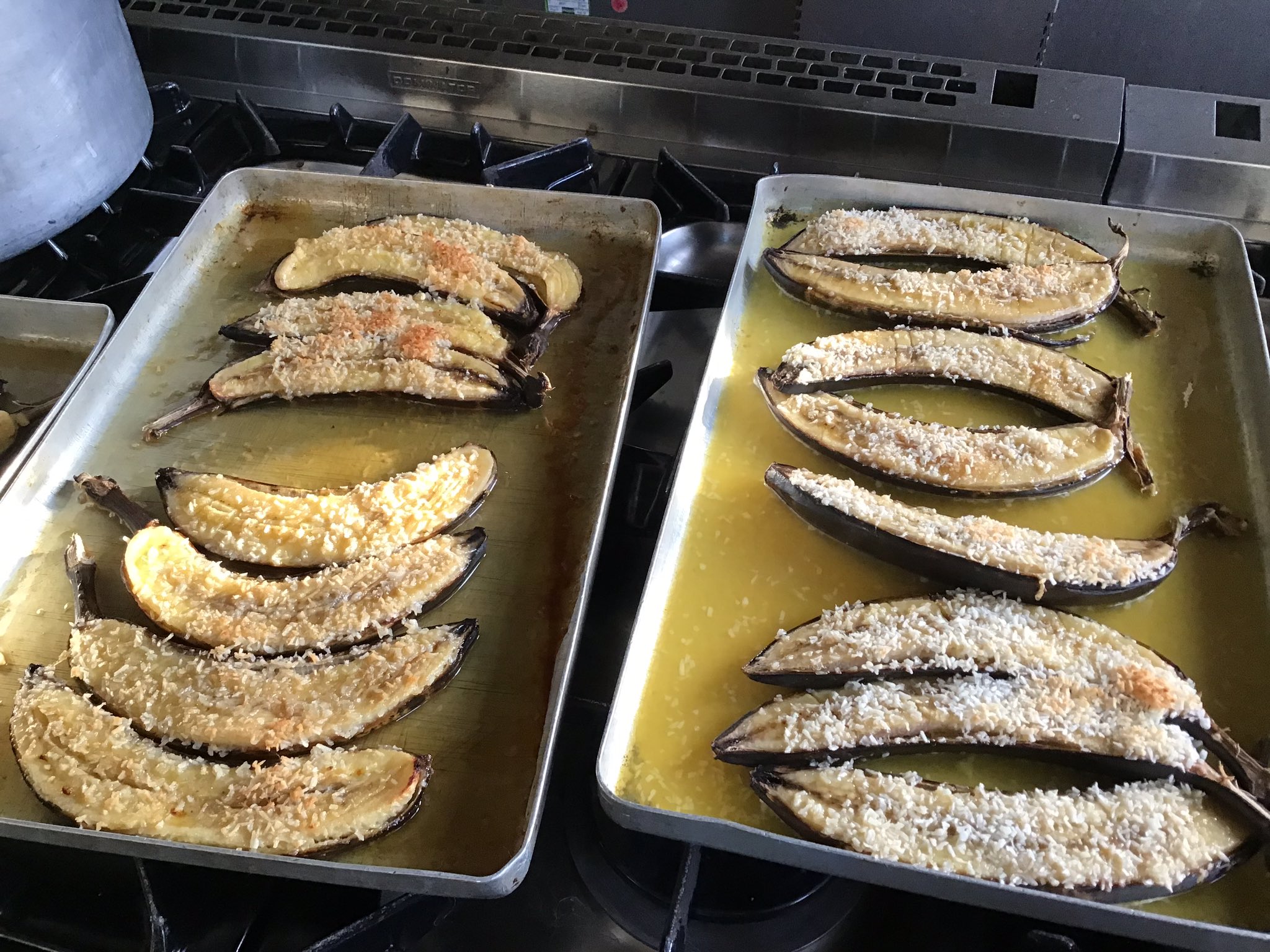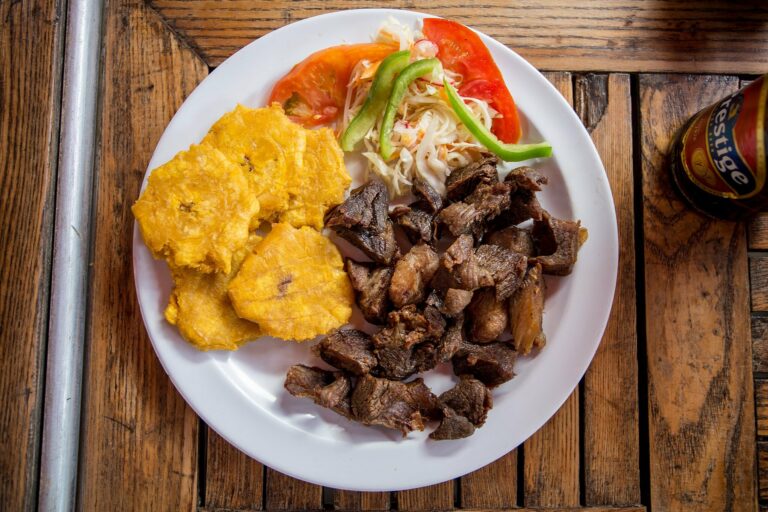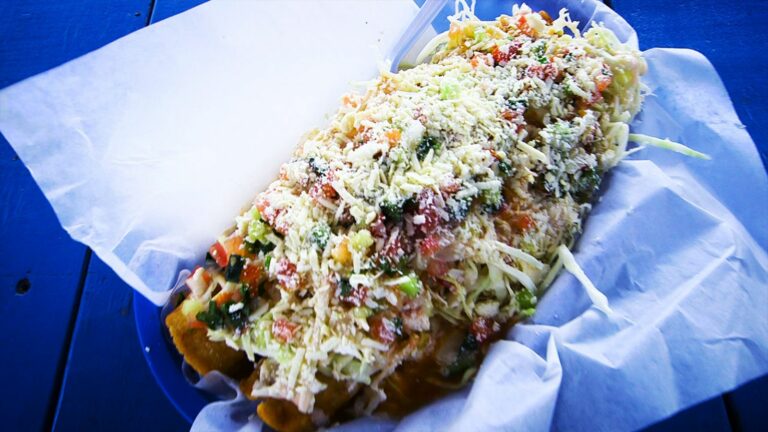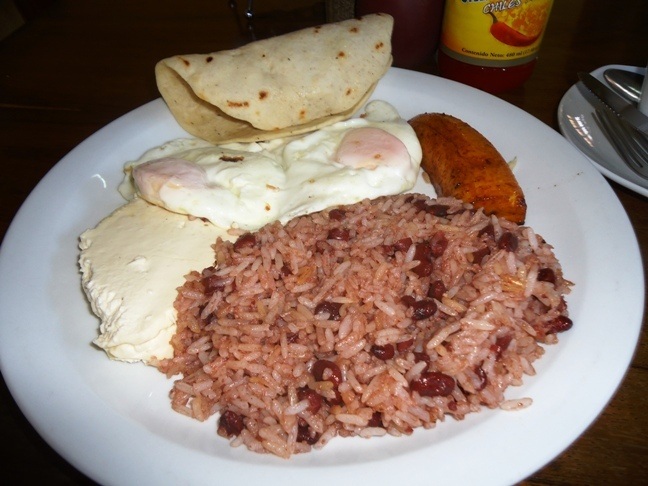Introduction: Understanding Costa Rican Cuisine
Costa Rican cuisine is characterized by its simplicity, freshness, and use of local ingredients. It is a blend of Spanish and Indigenous cultures, reflecting the island’s rich history and diverse heritage. The cuisine is heavily influenced by rice, beans, and plantains, which form the base of many traditional dishes. While Costa Rican cuisine has a strong regional variation, it is always flavorful, colorful, and nutritious.
Spanish Influence on Costa Rican Dishes
The influence of Spanish cuisine on Costa Rican dishes is evident in the use of ingredients such as meat, fish, and dairy products. The Spanish introduced a wide range of fruits and vegetables to Costa Rican cuisine, including tomatoes, peppers, and onions. They also brought with them various spices, such as cumin, coriander, and oregano, which have become staples in Costa Rican cooking. Spanish dishes like paella have been adapted to Costa Rican tastes, and the use of olive oil for cooking is common.
Indigenous Influence on Costa Rican Dishes
The Indigenous people of Costa Rica have contributed significantly to the country’s cuisine. They introduced the use of corn, which is a primary ingredient in many dishes such as tortillas, tamales, and chicharrones. The Indigenous also utilized root vegetables, such as yucca and sweet potatoes, which are still used in traditional dishes today. The Indigenous also introduced the technique of cooking food in leaves, which is still a popular method of cooking in Costa Rican cuisine.
The Mix: How Spanish and Indigenous Cultures Blend in Costa Rican Cuisine
The blend of Spanish and Indigenous cultures in Costa Rican cuisine has created a unique culinary experience. The use of ingredients like rice, beans, and plantains, which are staples in both cultures, has created a fusion of flavors that is distinctly Costa Rican. The use of spices like cumin and coriander, which were introduced by the Spanish, has blended seamlessly with the use of native fruits and vegetables, creating a flavor profile that is both complex and satisfying.
Common Ingredients in Costa Rican Dishes
Costa Rican cuisine relies heavily on fresh, local ingredients. Rice and beans are a staple in many dishes, and plantains are used in various forms, such as boiled, mashed, or fried. Other common ingredients include corn, yucca, sweet potatoes, tomatoes, peppers, onions, garlic, and cilantro. Seafood, chicken, and pork are also widely used in Costa Rican cuisine.
Traditional Costa Rican Dishes with Spanish and Indigenous Roots
Traditional Costa Rican dishes with Spanish and Indigenous roots include gallo pinto, a rice and bean dish, casado, a platter of rice, beans, meat, and vegetables, and ceviche, a dish of marinated seafood. Other popular dishes include arroz con pollo, rice with chicken, and tamales, a dish made from corn dough filled with meat, vegetables, and spices, wrapped in a banana leaf and steamed.
Modern Twists on Traditional Costa Rican Dishes
Modern twists on traditional Costa Rican dishes include fusion dishes such as sushi rolls with a Costa Rican twist, made with local ingredients and spices. Another popular dish is plantain chips served with guacamole, a fusion of Latin American and Mexican flavors. Chefs are also experimenting with new ways to use traditional ingredients, such as adding quinoa to gallo pinto or using coconut milk in ceviche.
Conclusion: Embracing the Diverse Flavors of Costa Rican Cuisine
The influence of Spanish and Indigenous cultures on Costa Rican cuisine has created a unique culinary experience that is both delicious and nutritious. Traditional dishes with Spanish and Indigenous roots have stood the test of time, while modern twists on traditional dishes are keeping the cuisine fresh and exciting. Embracing the diverse flavors of Costa Rican cuisine is a must for anyone visiting the country or looking to expand their culinary horizons.

